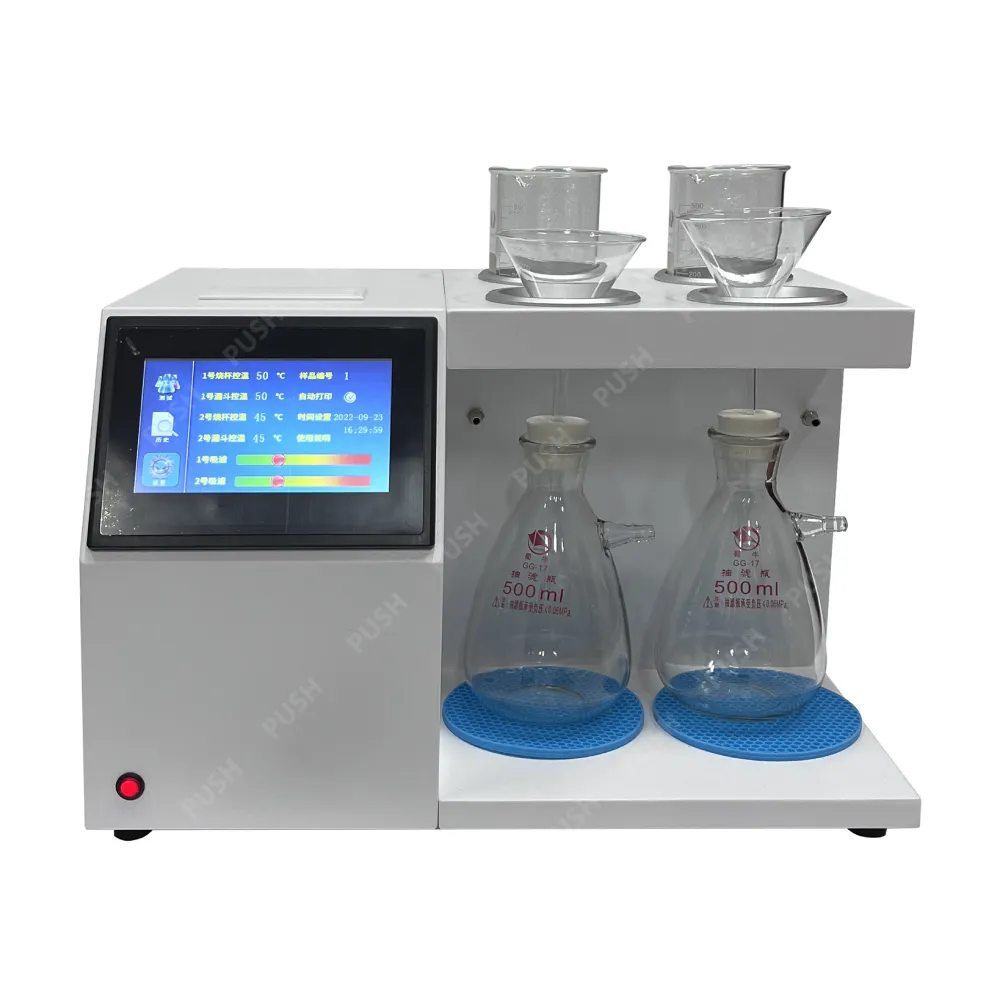 English
English


Understanding the Voltage Ratio Test for Evaluating Transformer Performance and Efficiency
Understanding the Voltage Ratio Test in Transformers
Transformers are critical components in electrical systems, serving to modify voltage levels to ensure efficient power distribution. One vital assessment of a transformer's functionality is the voltage ratio test, which helps verify the proper operation of the transformer and its ability to convert voltages as intended.
What is a Voltage Ratio Test?
The voltage ratio test, also known as the turns ratio test, evaluates the relationship between the input and output voltages of a transformer. This test primarily focuses on the winding configuration and ensures that the transformer provides the expected transformation ratio, which is determined by the number of turns of wire in the primary winding versus the secondary winding.
The formula for the voltage ratio is straightforward
\[ \text{Voltage Ratio} = \frac{\text{Primary Voltage}}{\text{Secondary Voltage}} = \frac{N_p}{N_s} \]
Where \(N_p\) is the number of turns in the primary winding and \(N_s\) is the number of turns in the secondary winding. A correctly functioning transformer will have a voltage ratio that aligns with this formula, indicating that it can efficiently convert the voltage from the input to the desired output level.
Importance of the Voltage Ratio Test
1. Performance Verification Conducting a voltage ratio test allows engineers to confirm that a transformer is operating within its specified design parameters. If the test results deviate significantly from the expected voltage ratio, it could indicate issues such as winding damage, short circuits, or incorrect wiring.
2. Troubleshooting When problems arise in an electrical system, a voltage ratio test can help isolate the source of the issue. By assessing the voltage ratio, technicians can determine if the transformer is functioning correctly or if it requires maintenance or replacement.
voltage ratio test transformer

3. Quality Control For manufacturers, implementing systematic voltage ratio testing allows for quality assurance during the production of transformers. Ensuring each unit meets the specified voltage ratio helps prevent failures in the field due to faults that could have been detected preemptively.
Conducting the Voltage Ratio Test
Performing a voltage ratio test typically involves the following steps
1. Preparation Ensure that the transformer is disconnected from any live circuits to avoid dangerous conditions. Safety procedures should always be adhered to.
2. Connection Set up the testing equipment, usually a transformer turns ratio (TTR) meter, to the primary and secondary terminals of the transformer.
3. Testing Energize the primary winding of the transformer with a known voltage. The equipment will measure the resultant voltage on the secondary side and calculate the voltage ratio.
4. Analysis Compare the measured voltage ratio with the transformer's rated voltage ratio. Any significant discrepancies might necessitate further investigation into the transformer's health.
Conclusion
In conclusion, the voltage ratio test is an essential procedure in the maintenance and operation of transformers. By ensuring that the voltage transformation is within expected limits, the test not only safeguards the integrity and performance of the transformer but also supports the overall reliability of the electrical system. Regular testing, along with other maintenance practices, can significantly extend the life of transformers and help avoid costly outages or repairs, ensuring that power delivery remains stable and efficient.
-
Differences between open cup flash point tester and closed cup flash point testerNewsOct.31,2024
-
The Reliable Load Tap ChangerNewsOct.23,2024
-
The Essential Guide to Hipot TestersNewsOct.23,2024
-
The Digital Insulation TesterNewsOct.23,2024
-
The Best Earth Loop Impedance Tester for SaleNewsOct.23,2024
-
Tan Delta Tester--The Essential Tool for Electrical Insulation TestingNewsOct.23,2024





